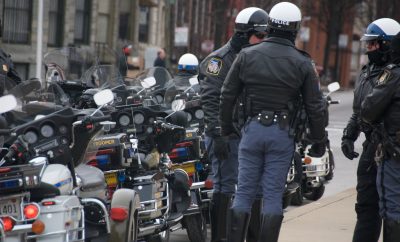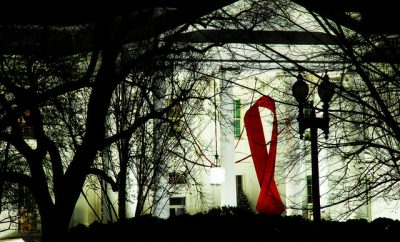The University of Southern California is a private research university located in the heart of Los Angeles. The majority of USC’s violent crimes are forcible sex offenses, with 80 cases reported between 2011 and 2013.
In 2013 more than a dozen students filed a complaint with the Department of Education alleging that that the university mishandled sexual assault cases. A few months later the Department of Education announced that it was investigating USC for possible Title IX violations in three specific cases. The complaint alleged that the school mishandled sexual assault reports, underreported or misclassified cases, discouraged police reports, and failed to properly punish assailants. Later that year, the Chief of USC’s Department of Public Safety announced after an internal review that the department did not include 13 anonymously reported cases of sexual assault in its 2010 and 2011 Clery Reports. The university began reviewing its policies in 2013 and has since added several initiatives to help prevent and deal with sexual assaults. These include the hiring of a full-time Title IX Investigator, launching the Sexual Assault Resource Center, increased training for resident advisors and police officers, and the addition of a new position to coordinate Clery Act reporting.
Two high-profile incidents that occurred on and near the USC campus also prompted changes to USC’s campus safety policies. In April 2012, two students were shot and killed near campus during a robbery and a shooting at a Halloween party on campus injured four people who were not students. In response to the Halloween shooting, USC President C.L. Max said in a letter to the USC community, “While the risk of such an episode on campus is very low, it reminds all of us that we must look out for ourselves and be particularly vigilant about the personal safety of friends and guests at our social events.” At the beginning of 2013, the university began requiring everyone arriving on campus between 9 pm and 6 am to present identification to security guards. USC also increased the number of surveillance cameras and added additional security patrols on campus. USC has one of the largest departments of public safety among U.S. colleges, with more than 300 full-time personnel, of which more than 100 are armed Public Safety Officers.
Fall 2013 Enrollment: 41,368 (18,445 undergraduate)
Average Violent Crime Rate: 1.06 per 1,000 students
Murder: 0
Forcible Sex Offense: 80
Robbery: 27
Aggravated Assault: 25
Campus Setting: City (Large)
-Campus crime statistics are three-year totals from 2011, 2012, and 2013
-The average violent crime rate is an average of the three-year data shown as a rate per 1,000 students
Click here to see the methodology used for the rankings.
Research and analysis done by Law Street’s Crime in America team:
Kevin Rizzo, Kwame Apea, Jennie Burger, Alissa Gutierrez, and Maurin Mwombela.
Kevin Rizzo is the Crime in America Editor at Law Street Media. An Ohio Native, the George Washington University graduate is a founding member of the company. Contact Kevin at krizzo@LawStreetMedia.com.
 Image courtesy of [Ian D. Keating via Flickr]
Image courtesy of [Ian D. Keating via Flickr]









Comments